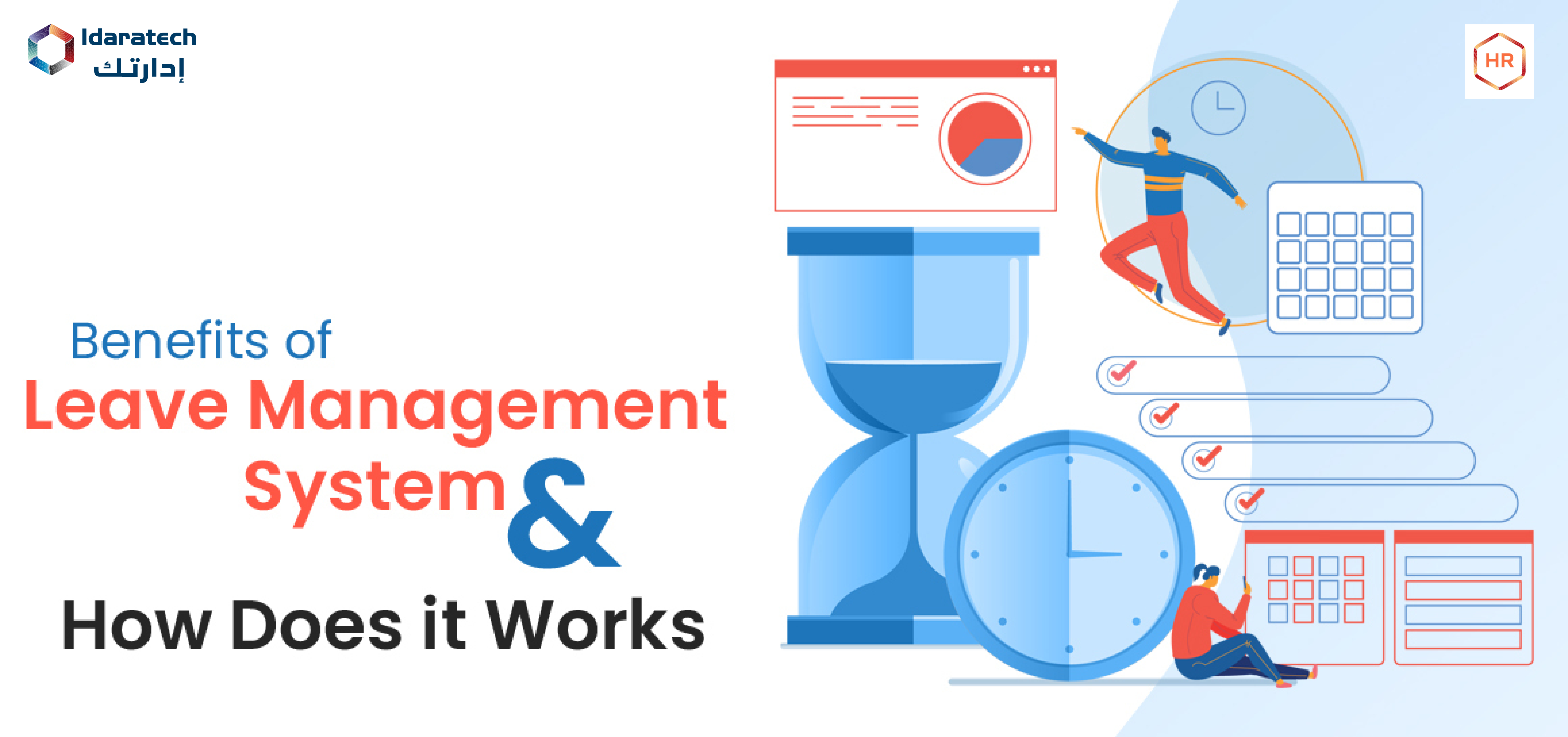Leave control HR software is excellent at managing risks and avoiding expenses, making it excellent at avoiding negative outcomes. But what about the positive effects that employing these solutions will have?
On the surface, managing leaves of absence seems straightforward. Watch how many vacation days each employee takes and ensure it complies with local labor rules. When there are three people on board, though, things are simple. When there are 20 individuals, however, items become laborious and tricky.
This is why a leave management system is a valuable addition to your company’s risk management and cost-cutting tools.
Do you regularly monitor your system for managing employee leaves?
The fundamental duties of HR include leave management. You’ve come to the right place if you’re new to it or are wondering what makes a decent leave management system.
This blog article will cover a wide range of topics, including what leave management is and why it’s crucial. Let’s dive in!
We have also mentioned Tips for Best Onboarding Experience
What is a Leave Management System?

A leave management system is known as the process by which employees request leaves, supervisors authorize them, and leave balances are monitored.
Most businesses first choose a manual procedure that requires the HR department to do a lot of busy work.
Typical leave administration resembles something like this:
- The employee uses a view-only Excel file maintained by the HR department to check their leave amounts.
- The employee sends their management an email.
- The manager reviews the work schedule and other team members’ absences before approving or rejecting the leave.
- The HR manager is also informed upon approval and is then involved in adjusting the leave balances.
For a few individuals, this is essential and uncomplicated. But what if you have more than 20 staff members who work from various locations in various time zones and are qualified for multiple types of leaves?
As more variables are added to the equation, the leave system starts taking up a sizable portion of the HRs bandwidth. At this point, an automated leave management system may make financial and time sense.
Benefits of Leave Management System

However, the primary goal of the leave management system is to assist the business, not to prevent issues. Putting a leave management system in the business has more than ten benefits. Here is the list, which is as brief as possible:
1. Real-time information
Without knowledge, it is impossible to make wise decisions. The most current knowledge is not used when utilizing a simple leave management system since it is not based on the most recent information.
As a result, the manager utilizes a spreadsheet (or a notebook, or anything else that isn’t a modern leave management system – you name it) to determine whether the employee’s request for a leave of absence will be granted during the requested time.
However, the data may need to be updated, making even the greatest choice given the disastrous circumstances. For example, they deny a vacation to a worker who truly needs it or grants too many rights while operating with insufficient employees.
2. Considerably less paperwork
One advantage of adopting digital tools is eliminating boring and repetitive jobs. An automated and integrated online leave management system significantly reduces paperwork through integration.
A paper trail of leave administration is inconvenient and harmful to the environment. Employees struggle with printing and filling out paperwork, and companies laboriously maintain such records.
When you have an employee leave management system, requesting a leave of absence and getting it approved can be finished with a few clicks.
3. Better communication
Asking the team members about their plans and requirements for the coming days is customary before one takes a leave of absence. One only needs to check the availability of other team members during the appropriate duration due to the centralized system and database that contains all the information about the planned leaves.
Additionally, it is simpler to organize each vacation for team members who provide their abilities across the entire firm.
4. Reduce administrative time.
A leave management system has similarly significant administrative advantages. The complete removal of repetitive tasks speeds up and simplifies leave administration. With other office products, modern leave management systems can be incorporated. Such a high degree of automation provides a complete ecosystem for managing employees while saving significant time on administrative tasks.
5. Increases compliance
Multinational organizations and teams that are dispersed across the world are particularly affected by this difficulty. No matter where the company’s headquarters are located, it must comply with local labor regulations. It is easy to follow one legal system, but it becomes increasingly more challenging when there are several.
When a specialist provider is there, all the compliance is kept on their side, and all the suffering is shifted to someone else.
That is typically the entire purpose of HR leave software.
6. Manage Holidays Easily
Employers can better manage their employees’ holidays and vacations using an automated leave management system. Using the leave management system, your employees can record any leave of absence, such as holidays, sick leave, etc. Additionally, your employees will always have access to their vacation time.
7. Dashboard transparency
The business owner may quickly see all the metrics connected to leaves in one location when all leaves, whether planned or unplanned, are summed up by a single, complete dashboard. Information about employees who should be working more productively or who misuse their vacation time.
The dashboard’s accessibility offers a fantastic tool to identify productivity gaps and address issues like the absence or abusing corporate policies. It can also be used to adapt the current strategy to new requirements.
8. Management of time off and holidays
The first and most crucial step toward effective vacation management is accessible real-time access to information on the company-wide vacation. Without that, the business may impose certain basic management forms, such as “appoint your deputy before the vacation” or “only one at a time from a given team can take a vacation.”
However, these may not be adaptable enough if they ignore how the company’s need for expertise changes or if they require the staff to remain in place during the less hectic periods. Of course, the policy can be changed to reflect the present circumstances, but doing so undermines the claim that there are “clear and transparent rules” that apply to everyone.
9. Multiple approval processes, as well as accessibility
Data accessibility and security have an uneasy connection that never really goes away. The user must be able to access the data as easily as feasible while maintaining the data in a way that prevents accidental loss or unauthorized alterations.
Typically, the manager who grants the leave works with the employee. There may also be a second approver in some situations, such as a project manager, HR manager, or even a firm owner. The leave schedule and information regarding the leaves of both all employees and a specific employee must be accessible to everyone interested.
10. Zero data loss
Every business experiences mishaps. Therefore, it is better if the leave management data records are more secure. And the best and safest method is to store them in the cloud.
A pen-and-paper system kept in a notebook could get misplaced during office cleaning, have coffee spilled on it, or even be accidentally taken home and never found again. Spreadsheet files kept in computers are frequently overwritten, erased, or incorrectly considered the most recent.
Even the online spreadsheet becomes clogged and bloated when the amount of information from daily work increases. The best strategy to prevent data loss is storing the leave management information in the specific leave record system.
How crucial is Leave Management?

A leave management system for employees is crucial to enforcing a leave policy at work. It makes record keeping more accessible, enabling companies to offer benefits like paid sick leave off properly.
A company’s leave management procedures should be effective in identifying employee absences. Depending on the restrictions, an employee’s leave may be paid or unpaid, making the process of losing salary or taking paid vacation as easy as possible with a leave management system.
To grant employees leave and keep track of leave counts, a company can handle a significant burden using a leave management system. Requests for leaves of absence can be efficiently used and approved by those in control of the system.
It’s crucial to ensure that staff absences don’t lead to financial losses to maintain effective corporate operations. The ideal strategy is to assess how a leave of absence will affect the work, after which you should decide whether to accept or reject it.
How Does the Leave Management System Work?
Employee time-off requests are easier to track, manage, and record with the help of a leave management system. Its main goal is to reasonably handle leave requests from employees while guaranteeing that their absence from the office has no adverse effects on the company. Like attendance management, managing leaves also involves several steps, from developing a policy to putting it into practice. The main steps in the leave management work process are listed below.
| Step 1: | Developing Policy |
| Step 2: | Choosing a Policy |
| Step 3: | Set Approval Supervisors |
| Step 4: | Month-end Calculation |
Step 1: Developing Policy
A leave policy includes a variety of standards that must be established for the benefit of both employees and the firm.
Step 2: Choosing a Policy
Managers notify the employee of the policy assignment after establishing all the requirements. Managers allocate the appropriate policy to a specific group of workers based on that group.
Step 3: Set Approval Supervisors
A higher authority must approve employee absences if they are to be taken. This responsibility is given to each employee’s authorized management by the connected HR software. If the authority is not present, the employee cannot take leave for a valid reason.
Step 4: Month-end Calculation
Management must consider the leaves taken for justifiable reasons when determining employees’ total number of working hours. According to the management’s choice, pending leaves may be redeemed, carried forward, or expired.
Summary
The leave management system is an excellent illustration of a feature that operates behind the scenes and is obscured from view in the main business operations. However, it is a fundamental optimization that offers so many benefits that working without it eventually seems unreal.
If you want to learn more about our other tool, get in touch immediately.


